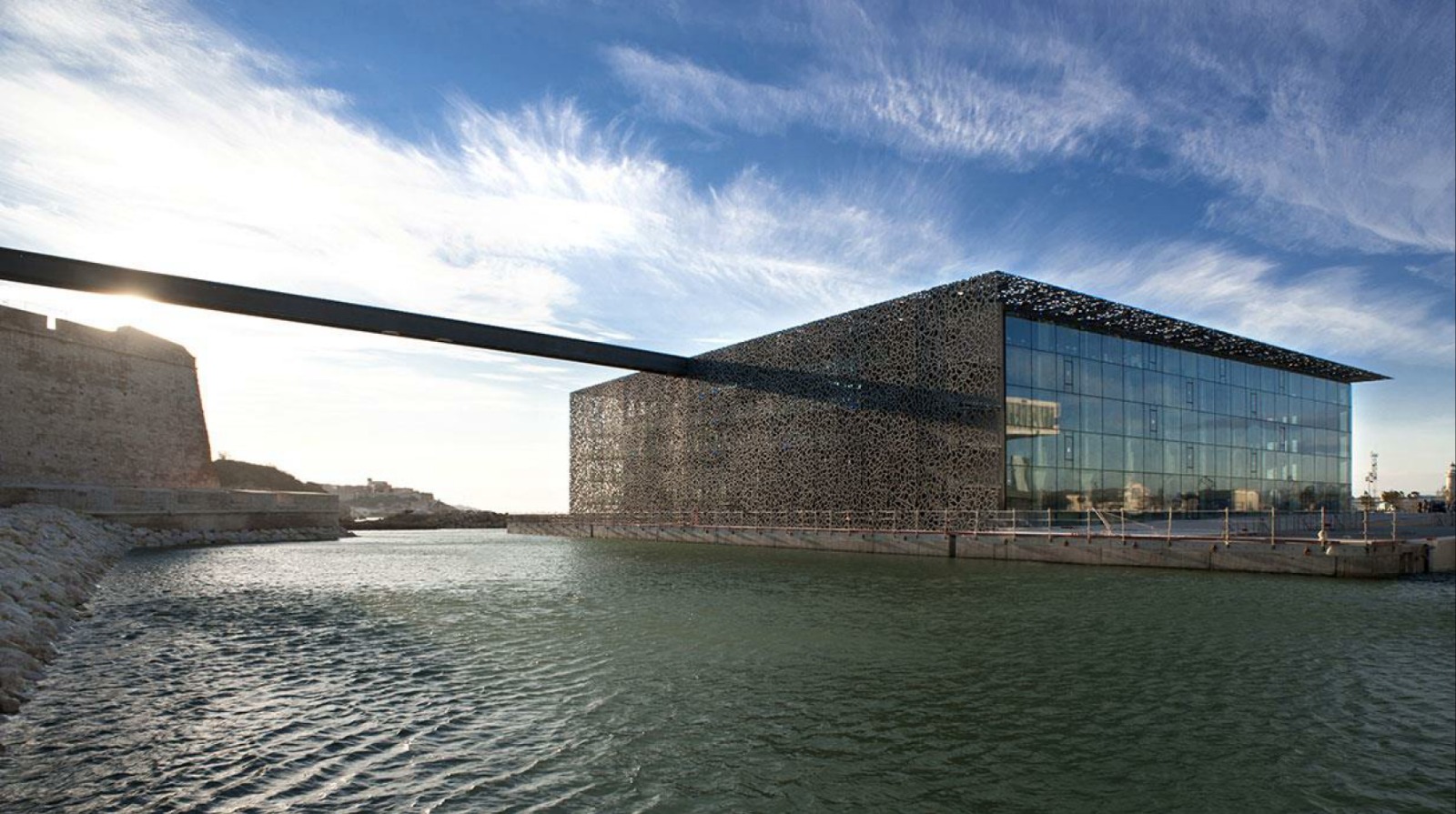HPFRC and UHPFRC
The evolution in Structural Engineering has been possible by an important advance in Materials Engineering. Materials have been a tool in the hands of engineers’ creativity. Discovering the optimal arrangement of a material within a structure requires a true understanding of its behaviour, in order to enhance its properties to the maximum. This is the first approach to the application of high/ultra high-performance fibre reinforced concrete within structure projects.
Firstly, it is essential to understand the mechanical behaviour of this concrete. Thin steel fibers of barely a couple of centimetres long are added to the matrix components during mixing. The resultant compound is then arranged into moulds. Thanks to this, the cracks that will eventually appear will be “sewed” by these “micro reinforcement bars”. The innovative concept of fibre reinforcement can completely replace conventional secondary reinforcement, saving labour hours and speeding up the manufacture of prefabricated structural elements.
One of the challenges of using these materials is fibre distribution according to stresses directions: the more fibers you use, the higher the prize will be. This means that the material would probably not be considered useful, as it would not have any economic advantages compared to other cheaper materials. Furthermore, the larger amount of fibers you use, the worse workability of the fresh concrete.
The real objective is to develop possible alternatives to conventional structures. Girder bridges are the first typology to be analysed. Reducing dead load of the structures allows to achieve greater spans with the same depth of the beams. The elimination of secondary reinforcement means a significant saving of labour, which can tip the balance in favour of HPFRC or UHPFRC over conventional concrete. In addition, precast elements are lighter, which means savings in transportation and implementation on site.
In the long term, the HPFRC and UHPFRC mean significant savings in maintenance. These structures can last three times longer than conventional ones. Chemical damage disappears when working with materials that have very little pore opening.
Finally, the aim is to carry out a study of alternatives for the raw material consumption in different concrete categories (CC, HPFRC and UHPFRC). Due to the fact that, as the mechanical characteristics improve, the consumption of binders, additives and the need for superplasticizers increases considerably.

MUCEM, Marsella.

